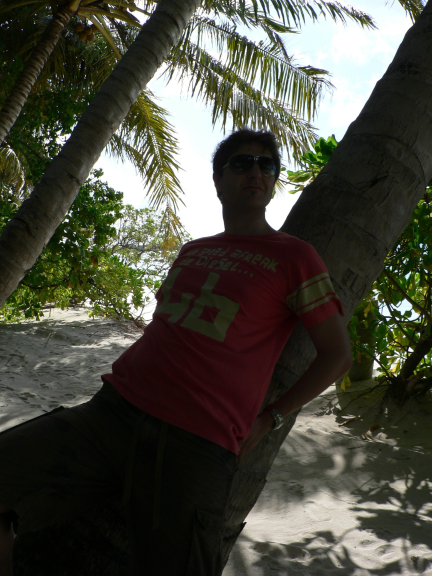|
|
||
|
A
variational-based fusion model for non-uniform illumination image
enhancement via contrast optimization and color correction
|
| Abstract | |
|
Non-uniform illumination
images are limited visibility due to under-exposure, over-exposure, or
a combination of them. Enhancement of this kind of images is a very
challenging task in image processing. Although there are lots of
enhancement methods to improve the visual quality of images, many of
these methods produce undesirable results in the aspect of contrast
improvement or saturation improvement. In order to improve the
visibility of images without over-enhancement or under-enhancement, a
variational-based fusion method is proposed for adaptively enhancing
the non-uniform illumination images. Firstly, a hue-preserving global
contrast adaptive enhancement algorithm obtains the globally enhanced
image. Secondly, a hue-preserving local contrast adaptive enhancement
method produces the locally enhanced image. Finally, the enhanced
result is obtained by a variational-based fusion model with contrast
optimization and color correction. The final enhanced result represents
a trade-off between global contrast and local contrast, and also
maintains the color balance between the globally enhanced image and the
locally enhanced image. This method produces the desirable visual
quality in terms of contrast improvement and saturation improvement.
Experiments are conducted on a dataset including different kinds of
non-uniform illumination images. Results demonstrate the proposed
method outperforms the compared enhancement algorithms both
qualitatively and quantitatively.
|
| Comparison Methods | |
|
The comparison algorithms
include Arici et al.'s contrast enhancement method using Histogram
Modification Framework (HMF) [1], Banic et al.’s Smart Light Random
Memory Sprays Retinex (SLRMSR)[2], Ignatov et al.'s enhancement method
with Deep Convolutional Networks (DeepNet) [3], Fu et al.'s Weighted
Variational Model for image enhancement (WVM) [4], Ying et al.'s
Bio-Inspired Multi-Exposure Fusion framework for image enhancement
(BIMEF) [5], and Tian et al's Global-Local Fusion method for contrast
enhancement (GLF) [6].
|
| Dataset | |
|
A collection of the most
challenging cases for image enhancement can be obtained from [7]. Each
image in this dataset has the regions correctly exposed and other
regions severely under-exposed or over-exposed. A good enhancement
algorithm should enhance the under-exposed regions and the over-exposed
regions. Meanwhile, the well-exposed regions should not be affected.
|
| Codes | |
|
Executable Matlab codes are available. (Download)
|
| Results | |
|
Some examples are shown to
subjectively compare the performances of these enhancement algorithms.
The contrast improvement and detailed information preservation are
considered in the comparisons.
|
 |
 |
 |
 |
| References | |
|
[1]T. Arici, S. Dikbas, Y.
Altunbasak, A histogram modification framework and its application for
image contrast enhancement, IEEE Transactions on Image Processing 18
(9) (2009) 1921–1935.
[2]N. Banic, S. Loncaric,
Smart light random memory sprays retinex: a fast retinex implementation
for high-quality brightness adjustment and color correction, JOSA A 32
(11) (2015) 2136–2147.
[3]A. Ignatov, N. Kobyshev,
R.
Timofte, K. Vanhoey, L. Van Gool, Dslr-quality photos on mobile devices
with deep convolutional networks, in: IEEE International Conference on
Computer Vision (ICCV), 2017, pp. 3277–3285.
[4]X. Fu, D. Zeng, Y. Huang,
X.-P. Zhang, X. Ding, A weighted variational model for simultaneous
reflectance and illumination estimation, in: IEEE Conference on
Computer Vision and Pattern Recognition (CVPR), 2016, pp. 2782–2790.
[5]Z. Ying, G. Li, W. Gao, A
bio-inspired multi-exposure fusion framework for lowlight image
enhancement, arXiv preprint arXiv:1711.00591.
[6]Q.-C. Tian, L. D. Cohen,
Global and local contrast adaptive enhancement for non-uniform
illumination color images, in: IEEE International Conference on
Computer Vision Workshops (ICCV Color and Photometry in Computer Vision
Workshop), IEEE, 2017, pp. 3023–3030.
[7]V. Vonikakis, A
collection
of the most challenging cases for image enhancement, Accessed on
02-January-2018,
https://sites.google.com/site/vonikakis/datasets/challenging-dataset-for-enhancement
.
|